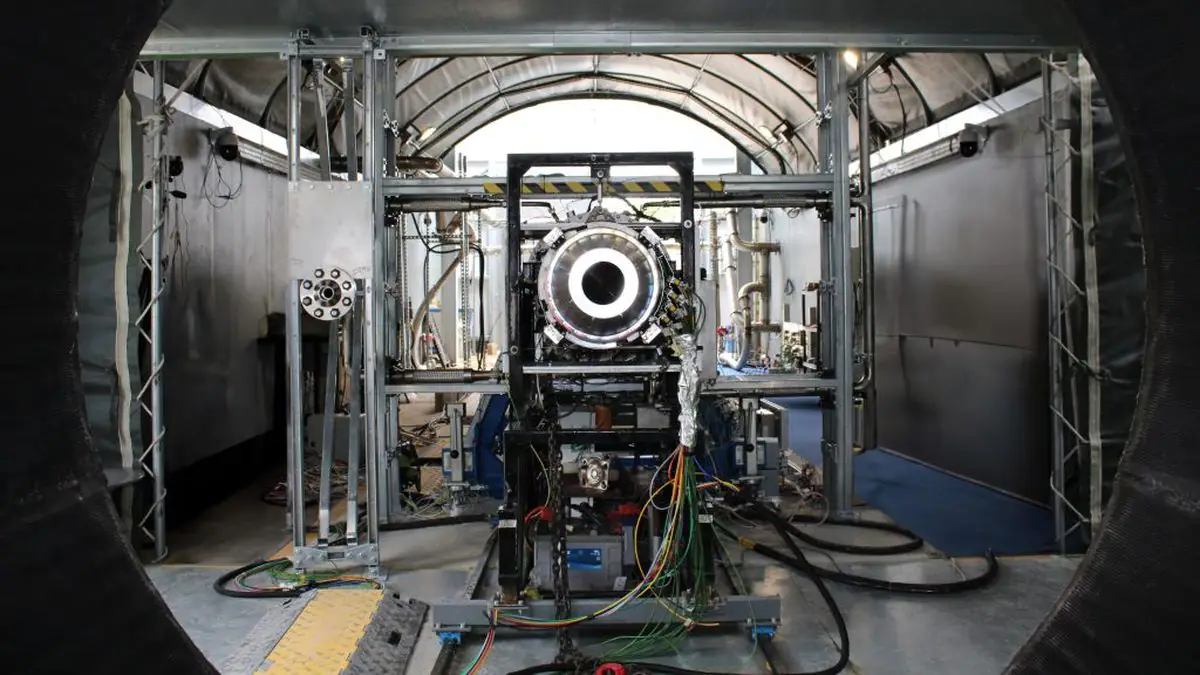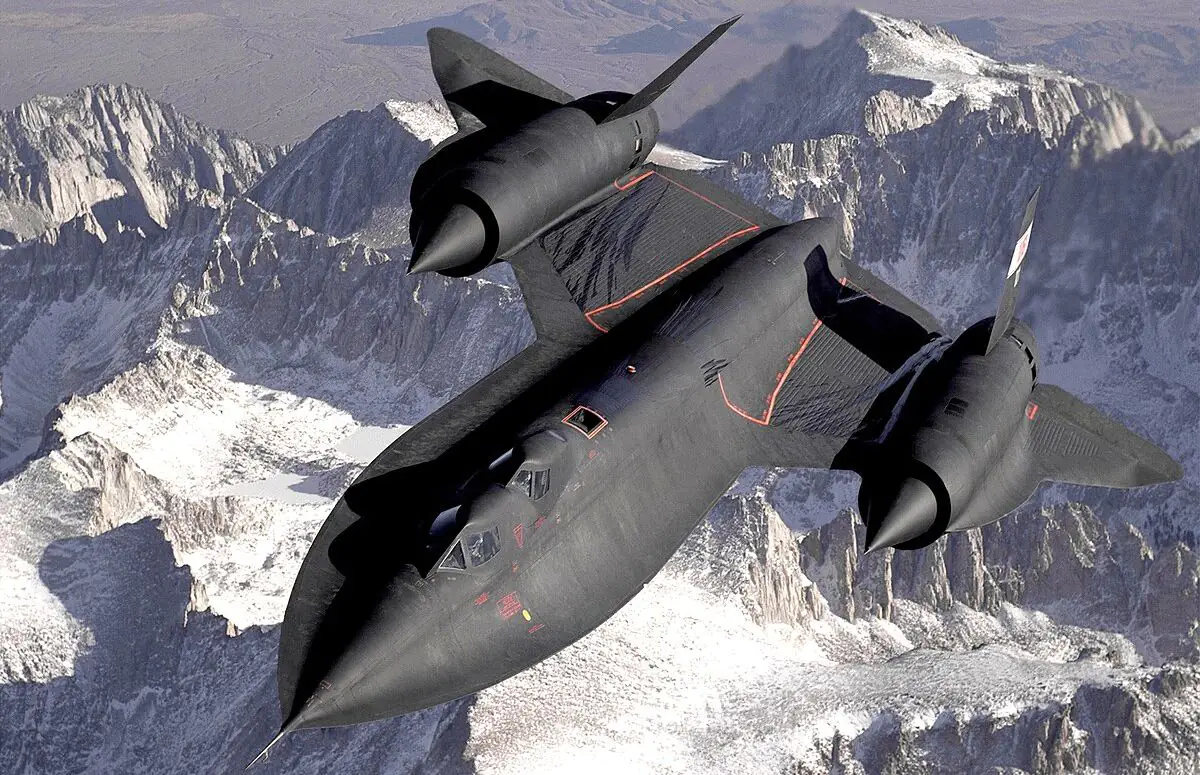The private British aerospace company Reaction Engines has announced significant progress in hypersonic engine technology. The manufacturer has reached a crucial milestone in the development of its power plant intended for high-speed aircraft. The company’s representatives shared the news.
The breakthrough occurred during ground tests, where the company successfully integrated its pre-cooling technology with the existing jet engine architecture. As a result, they demonstrated stable operating conditions at speeds of Mach 3.5.

The test program involved integrating Reaction Engines’ pre-cooler with a modified Rolls-Royce jet engine to simulate a power plant designed for a high-speed, reusable unmanned aircraft. Initially, the system achieved stable operation at a speed of Mach 2.3, surpassing the maximum operational speed of the Concorde. The testing was then extended to Mach 3.5, matching the speed record of the Lockheed SR-71 Blackbird, the fastest piloted aircraft in the world.
In addition to the pre-cooling technology, Reaction Engines is also developing and testing new intake designs and technologies aimed at hypersonic capabilities. The manufacturer is currently producing and assembling equipment for full-scale ground-based thermomechanical tests at high speeds, while aerodynamic testing in wind tunnels continues. These tests are necessary to evaluate the performance of the air intake under various supersonic conditions.
“As the world’s leading company in heat exchanger technology, this significant milestone is a testament to our relentless efforts to develop new, innovative, reusable, and affordable power systems for hypersonic aircraft,” said Mark Thomas, CEO of Reaction Engines.
He also added that this capability could be transferred to thermal management solutions for various applications and mission profiles.

While this achievement is a significant step forward in Reaction Engines’ pursuit of hypersonic flight, it is important to note that the technology is still in the testing phase. The primary focus is on the broader potential application of this power unit in high-mass aircraft.
Source: ukdefencejournal








